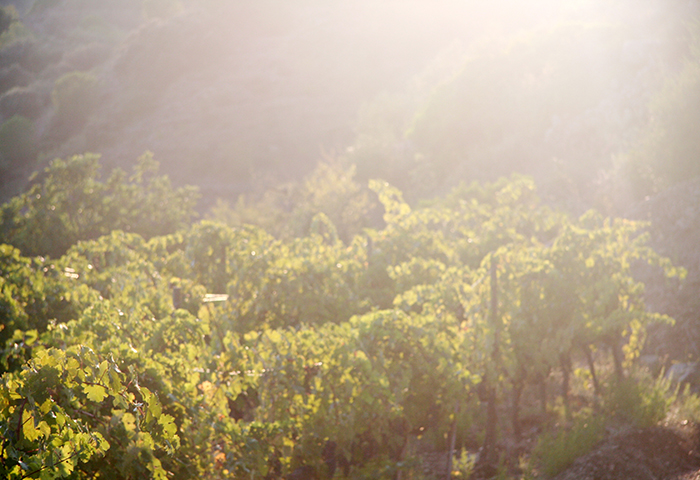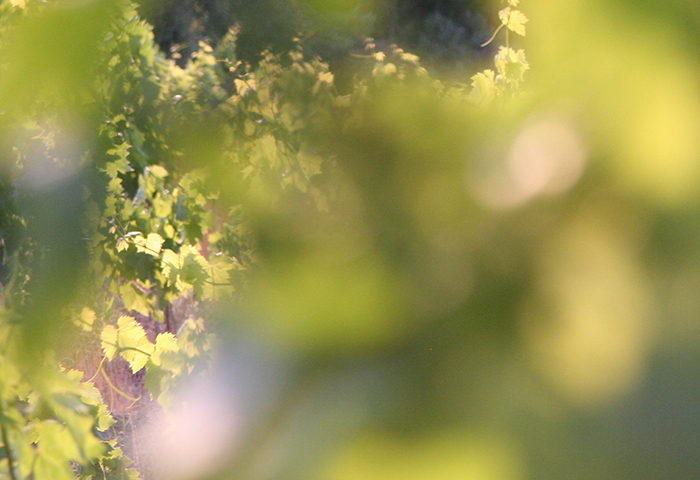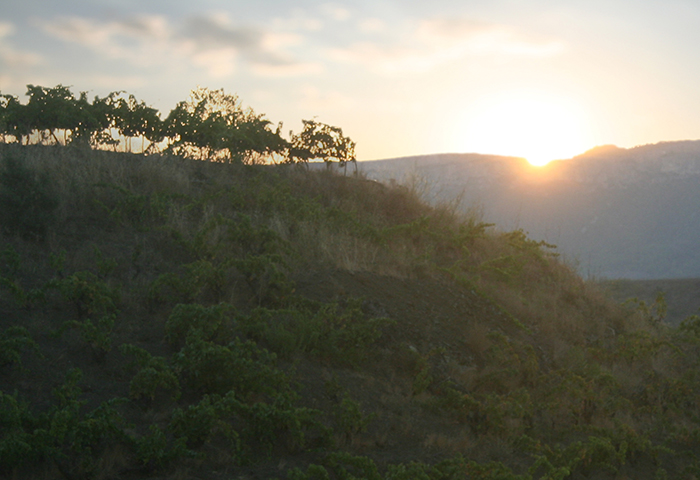Sensing Place
Reflection No. 09
Everyone agrees that the experience of tasting a wine like La Tâche from Domaine de la Romanée-Conti is magic, like liquid truth about life. The vineyards have an aristocratic presence that comes from witnessing history move across the land for centuries.
The United States does not have Europe’s ancient viticultural history, but one can still sense place in some of its wines. I will never forget tasting the 2001 Chalone Estate Pinot Noir, made from vines planted in the early 1900s. It had an irresistible wildness and the most exciting sense of lavender. When I visited the vineyards, the heat sizzled as I drove toward the jagged Pinnacles National Monument in the Gavilan Mountains and followed the old, overgrown lavender up to the cellar. The landscape was everything the wine told me it would be.
Then I tasted a wine from the Priorat, and it was as if a curtain had been raised inside my head, revealing the steep, broken bits of slate covered mountainsides glistening in the sun, dotted with old, gnarled vines. I had to go to this place to see if the story the wine had shown me was a figment of my imagination. In fact, it was real! From the time of the Carthusians, who arrived in 1194, to the modern day, these vines have shared the land with the people who tend them. The wildness of the Carignan merged with minerality and sunlight to form a delicious, compelling wine that spoke to me.
What was it about these wines that revealed these stories of their lives? Why doesn’t every wine speak to me like that? Does it require old vines with deep roots to infuse such vivid stories into the grapes? Do these wines come from terroir so distinctive it demands that you listen? I cannot provide instructions on how to sense place. It just happens. But these experiences are what make me believe that nature communicates through wine. Open your heart, quiet your mind and listen … the wine is talking!




